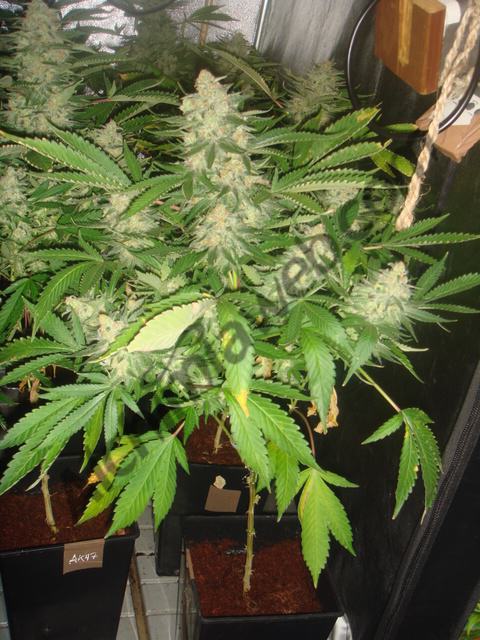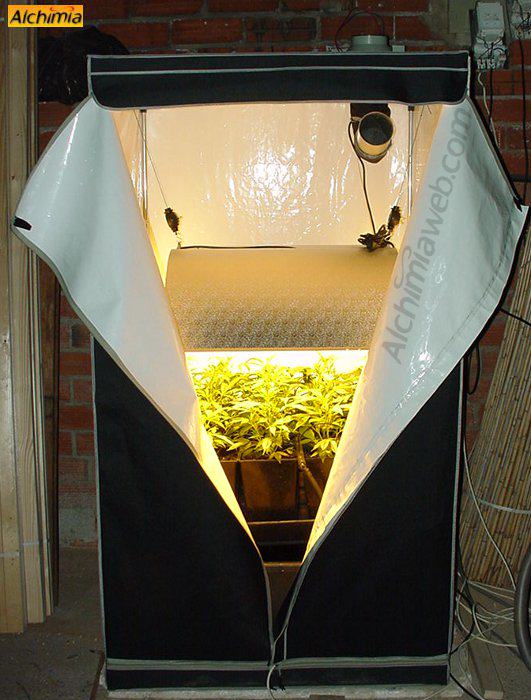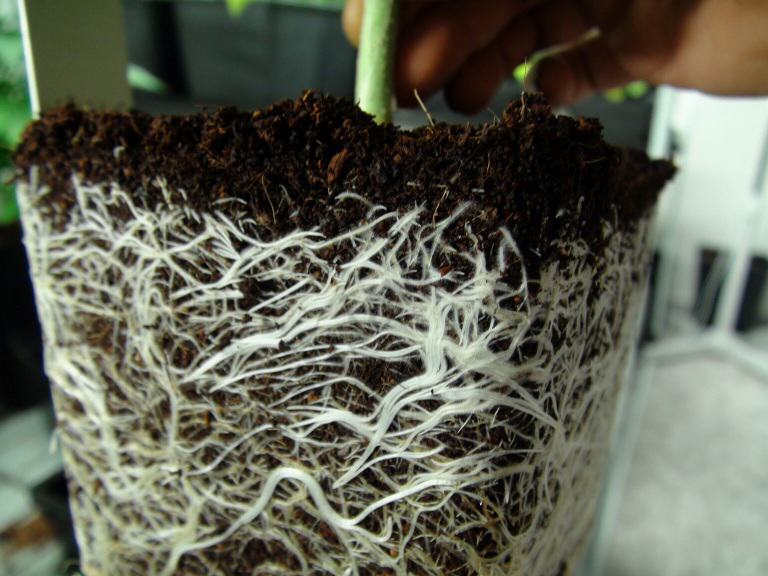Learn to grow cannabis in 10 minutes
List of contents
The number of people turning to cannabis home-growing is increasing, with more and more people growing their own plants at home to provide themselves with quality flowers. This brief article wants to be a guide so that the first steps in this wonderful world of cultivation are much easier for all of you who are starting out. We will clarify many of the things that you may have heard of, in addition to recommending products whose quality is more than proven and pointing you toward several other articles that will help you deepen your new hobby, whether you opt for indoor cultivation as a outdoors.
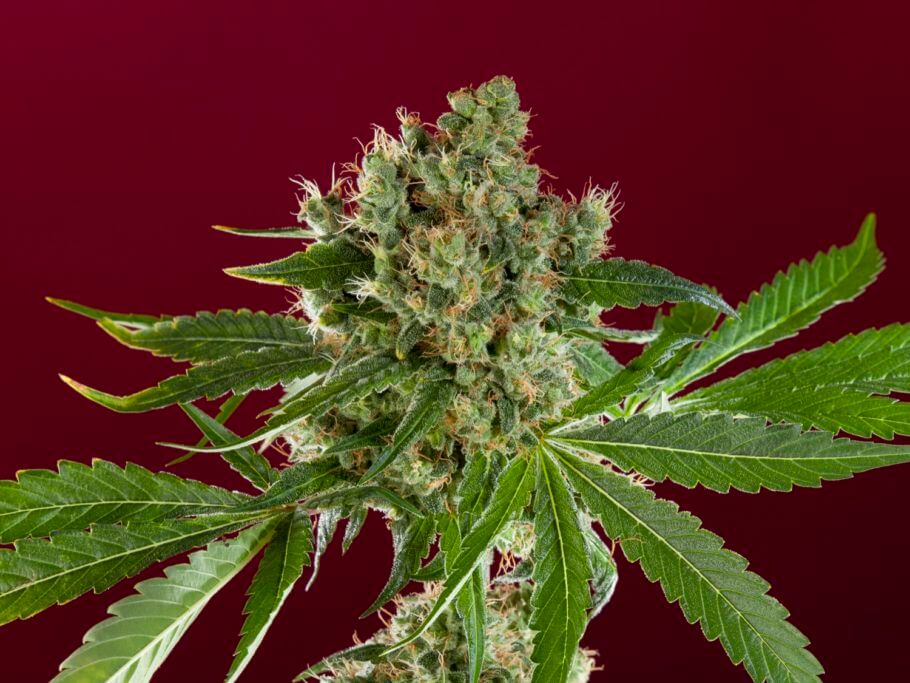
Growth stage
It is the phase in which the plant grows both vertically and horizontally. Root development, that is, of the roots, is also promoted. Outdoors, this stage usually lasts from spring, when the seeds are sown, until mid-summer. Indoors, we force the plant to grow using a photoperiod of 18 hours of light and 6 hours of darkness per day. Mainly, during this stage the plant needs a fertilizer for growth, rich in nitrogen (N). This base fertilizer can be supplemented with vitamins, amino acids, and some root stimulators, which normally contain plant hormones. The pH of the recommended irrigation water is 5.5-6 in hydroponics or coco, or 6-6.5 in organic cultivation.
Recommended products for growing in hydroponics or coco:
- Canna: Canna Coco A+B, Canna Rhizotonic
- General Hydroponics Europe: Floranova Grow, GHE Bio Roots
- Other brands: Vitalink, Hesi, Pro-XL, Hy-Pro
Recommended products/brands for growing in organic farming:
- Plagron: Plagron Alga Grow, Plagron Power Roots, Plagron Start Up
- Canna: Products from the Canna Bio line, such as Canna Bio Vega and Bio Rhizotonic
- Other brands: Aptus, General Organics, Biobizz, Terralba, Green Hope, Guanokalong
Related Posts:
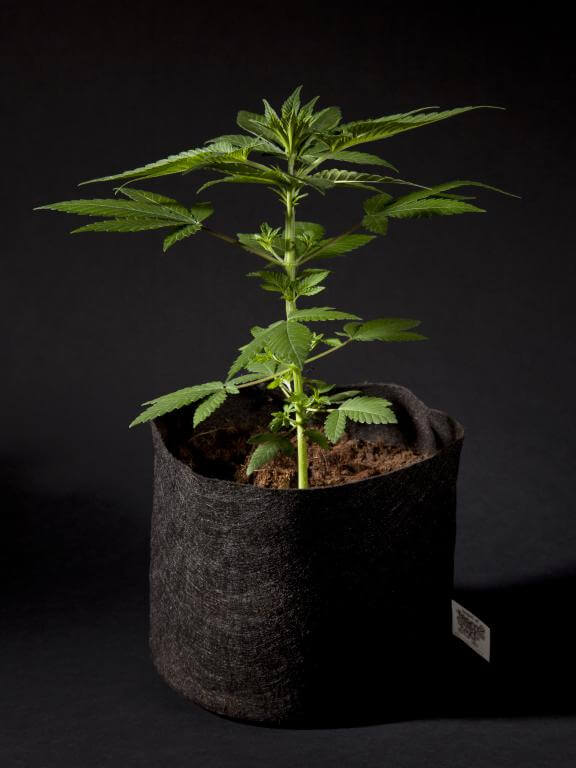
Flowering Stage
During this phase, the plant stops growing and focuses on flower production. Outdoors it usually begins in mid-summer and ends at the beginning of autumn (depending on the variety). In indoor cultivation, and to ensure flowering without problems, a photoperiod of 12 hours of light and 12 hours of complete and uninterrupted darkness per day is recommended. Nitrogen needs are almost nil, requiring a large amount of phosphorus (P) and potassium (K), vitamins, amino acids and sugars, and can be supplemented with a flowering stimulator. The recommended pH for hydroponics or coco is between 6 and 6.5, about 6.5-7 in organic cultivation.
Recommended products for flowering in hydroponic or coco cultivation:
- Canna: Canna Coco A+B, Cannazym, Cannaboost
- General Hydroponics Europe: NovaMax Bloom, T.A. Pro Bloom
- Other brands: Vitalink, Hesi, Pro-XL, Hy-Pro
Recommended products for flowering in organic cultivation:
- Plagron: Plagron Alga Bloom, Plagron Sugar Royal, Plagron Green Sensation
- Canna: Products from the Canna Bio line, such as Canna Bio Flores and Canna Bioboost
- Other brands: Aptus, General Organics, Biobizz, Terralba, Green Hope, Guanokalong
Related Posts:
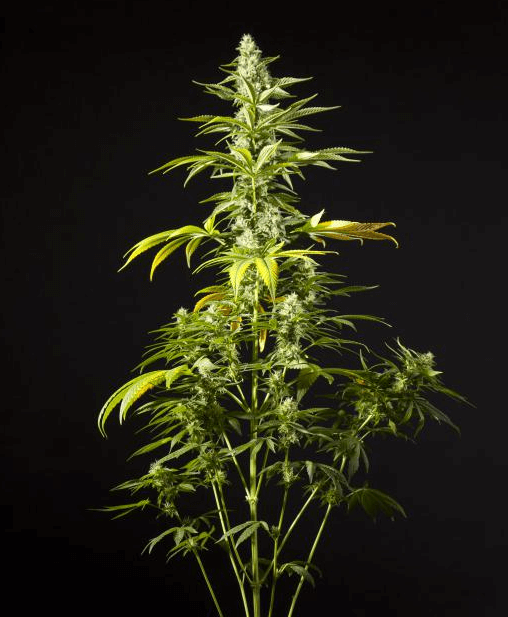
Irrigation
Irrigation is one of the main sources of problems for the beginning grower. If we do not water enough, the plant will not grow at a good rate and will appear limp, in need of water. On the other hand, watering too much can cause the roots to rot and the plant to barely grow. We must be clear that the plant will need more abundant (and more frequent) watering as it grows, especially during flowering, when the demand for irrigation will be much higher than during growth.
It is about not flooding the substrate when watering, and doing it again when it has lost approximately 60%-70% of the humidity it had after watering. Weighing the pot is a good way to get an idea, as soon as we see that the pot weighs much less than after watering, it's time to water again. If the substrate seems wet to the naked eye and to the touch, better wait to water. You can also choose to mount an automatic irrigation system, it is much easier than it seems!
Related Posts:
Harvest and drying
After flowering and once the buds are formed and mature, it is time to harvest. the moment we see that the flowers stop getting fatter, it is time to follow the evolution of the trichomes. These small glands will change color as the plant matures, going from transparent to milky and finally amber. As soon as you see that they begin to turn milky, it is time to stop providing nutrients to the plants. After about 15 days, surely all the trichomes are white and you can harvest the plants.
To dry them, the best thing is a cool, dark, and well-ventilated place, with temperatures that do not exceed 25ºC and relative humidity of around 50%. You can hang the plants or separate the buds and use a circular drying rack. The manicure can be done before or after drying.
Related Posts:
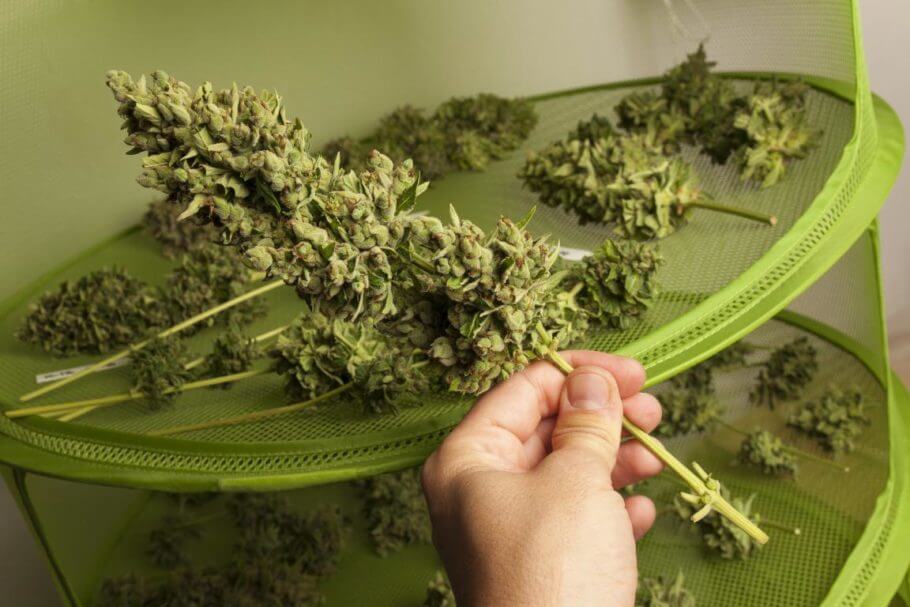
Indoor cultivation
When growing indoors, the same grower is the one who controls the environment in which the plants are. As we have seen, different photoperiods are used depending on the phase of the plant (growth or flowering); In the same way, lighting systems with a bluer spectrum are used during growth, while in flowering they tend to have a more orange spectrum, and are more powerful than for the vegetative phase. The temperature must oscillate between 20ºC and 30ºC, and the relative humidity between 50% (flowering) and 70% (growth), although both values - temperature, and humidity - are related and must be adjusted according to each other. To maintain these conditions, extraction fans, fans, and air intractors are used if necessary. Of course, and depending on the conditions, more professional appliances such as air conditioners, dehumidifiers, humidifiers, etc. can be used.
Related Posts:
- Basic information about growing marijuana indoors
- Temperature and humidity in the cultivation of marijuana
Outdoor cultivation
Growing outdoors is easier in the sense that, by not being able to control the environment, we have a lot fewer headaches. The ideal is to choose a very sunny place, which receives the greatest possible sun exposure and during the greatest number of hours a day. Although outdoor plants are usually more resistant than indoor ones, it will be essential to prevent pests such as powdery mildew, botrytis (many times derived from caterpillars), or sucking insects such as thrips, aphids, or red spider mites. The biggest drawback of this type of cultivation is, without a doubt, its discretion, being sometimes easily detectable with the naked eye or due to the intense smell. Autumn rains can represent another problem, so building a small cover or greenhouse or bringing the plants in at night and in case of rain ensures a large part of the harvest.
Related Posts:
- Outdoor cultivation for beginners: 10 tricks to start off on the right foot
- Outdoor cannabis harvest: tips and tricks
We hope this brief guide will help you get started in cannabis cultivation on the right foot. Do not hesitate to leave us your comments or questions, which, as always, we will be delighted to answer.
Happy harvest!
































































